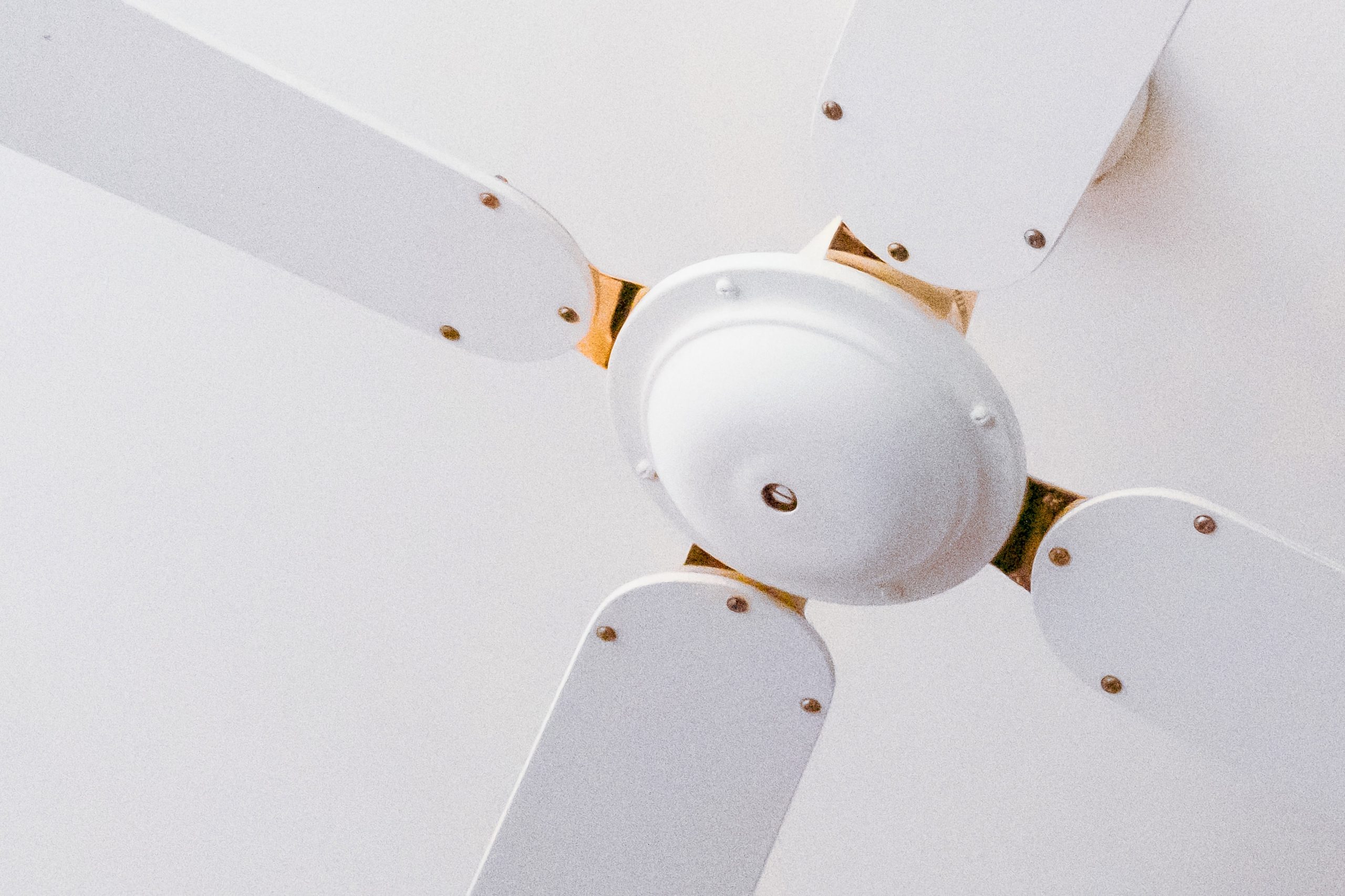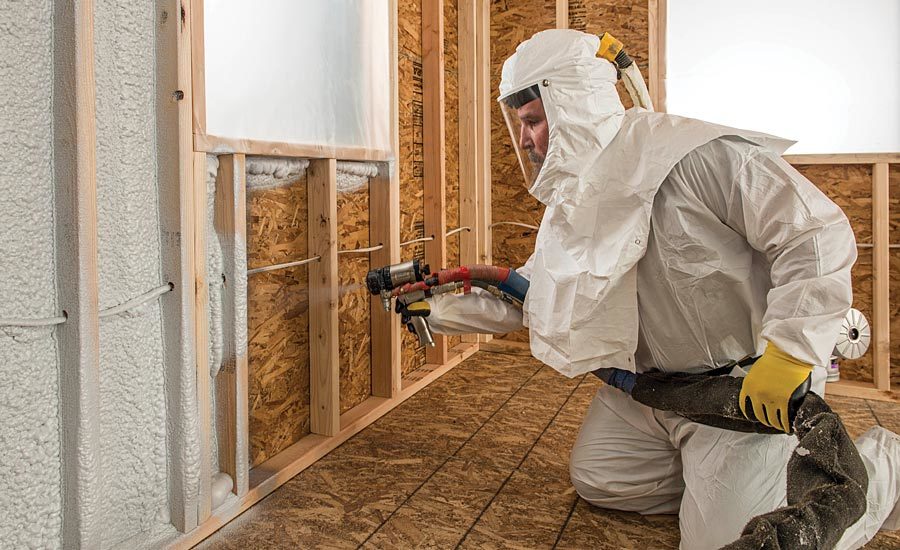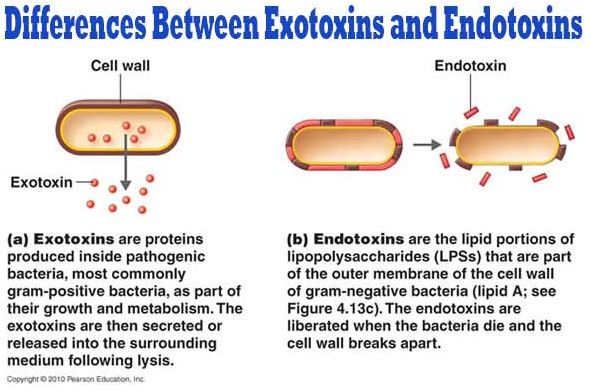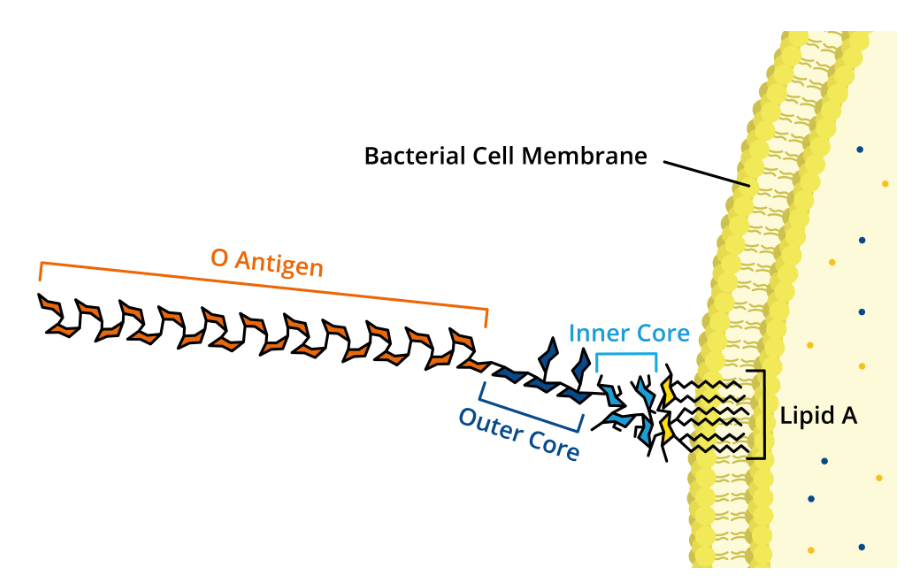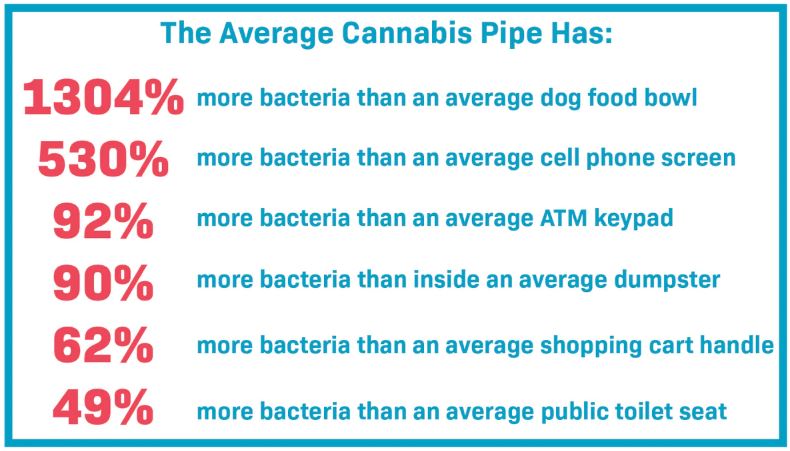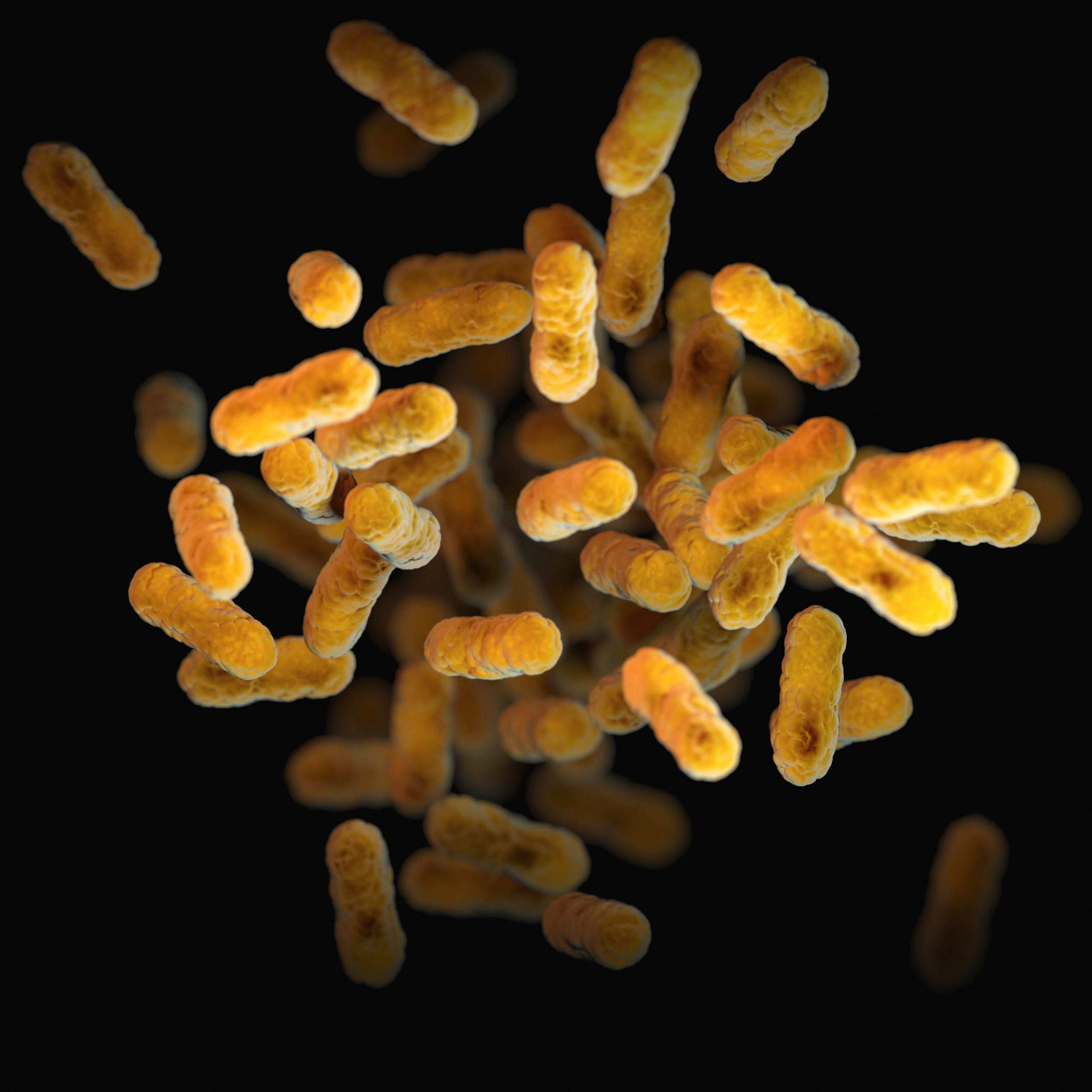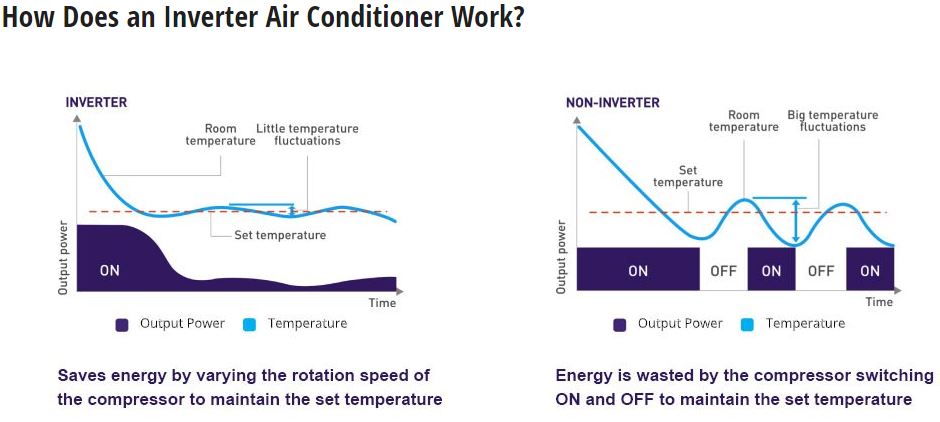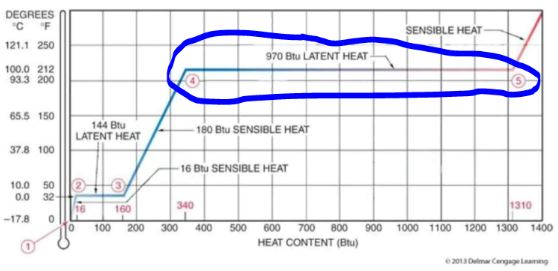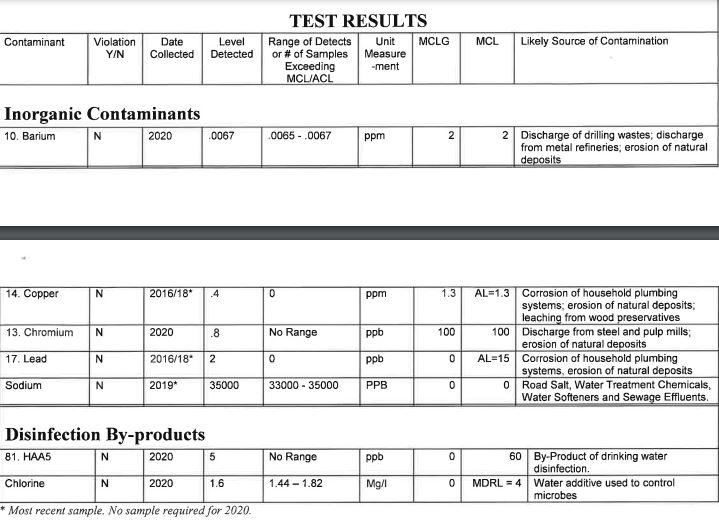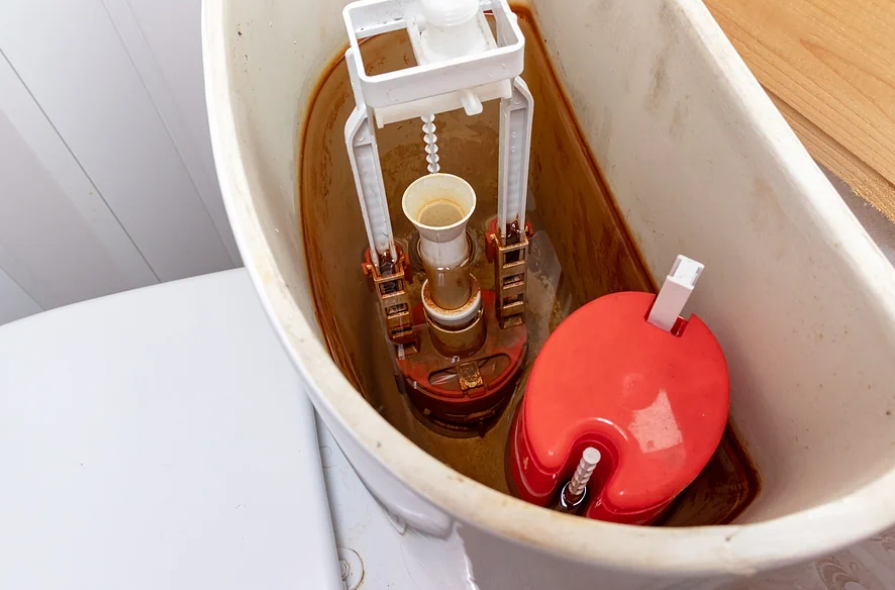Mold is a fungus that has thousands of species and grows outdoors and indoors, year-round; every building has some level of mold in it. (Molds in the Environment, Johns Hopkins Medicine) It spreads by microscopic spores which are carried in the air, on clothing, shoes and pets to lodge and potentially multiply indoors. (Basic Facts about Mold and Dampness, CDC) Since the spores are too small to see, many people doubt that mold in the home or workplace can actually cause illness. Is all mold really bad, or are only some molds bad? Why do some people become ill while staying a short time in a space while others seem to be unaffected? What levels of mold should cause concern and what tests are best? These are very common questions and we would like to highlight some scientific research about mold to understand the answers to these questions.
Because edible mushrooms and molds growing on basement walls are all classified as fungus, with more adverse reactions arising from handling some than others, there are obviously harmless and harmful species in the family. It’s overgrowth of the harmful types that can lead to problems in buildings. In the right environment they quickly grow from microscopic spores to visible mycelium (colonies), to sending out more spores into the air and starting other colonies..
In general, molds need the following to grow (What You Need to Know About Mold):
- Moisture: even moisture from the air, when it is above 80% humidity, can be enough to sustain mold.
- Warmer temperatures: most molds cannot grow below 40 deg F, which is why refrigerators are kept at 39 deg F and below. 40 -100 deg F sustains mold.
- Organic (carbon-based) materials to digest. Mold can even grow on glass, metal and other inhospitable environments, if it has dirt or synthetic material to feed on.
- Protection (shade) from UV rays: ultraviolet light kills most mold, so you won’t see it growing in direct sunlight!
- Oxygen: mold needs very little oxygen to survive, so it’s difficult to control mold by depriving it of oxygen.
Therefore, warm, moist areas with natural materials like wood, paper or fabric are great at growing mold, and mold can take root in these areas in as little as 48 hours. Eliminating the most important material (water) quickly will stop mold in its tracks and not allow it to proliferate.
Molds can emit several types of toxins: mycotoxins and microbial volatile organic compounds (mVOCs). Mycotoxins are solid or liquid. Of the several hundred mycotoxins identified so far, about a dozen have gained the most attention due to their severe effects on human health and their occurrences in food. (Mycotoxins, WHO). Mycotoxins have also been frequently detected in house-dust over the past decades, and they can be carried through the air on dust, spores or other fragments of mold. (Detection of Mycotoxins in Highly Matrix-Loaded House-Dust Samples) By contrast, MVOCs are gaseous, so they are already airborne. Both mycotoxins and mVOCs can be emitted when the mold colony is disturbed or threatened, by humans, animals or by other microbes.
Ancient plagues and epidemics among animals and humans were likely the result of mycotoxins in foods. Here are some examples:
- In 1960, about 100,000 young turkeys died in the UK, and scientists discovered that aflatoxins produced by the common molds Aspergillus flavus and A. parasiticus in their feed led to the deaths. (Mycotoxin: Its Impact on Gut Health and Microbiota)
- Aflatoxin can also cause liver cancer in humans.
- Ingestion of ergot, which is a fungal disease of rye and other grains in which black elongated fruiting bodies grow in the ears of the head of grain, can result in ergotism, a painful and often deadly disease. Ergotism has even been implicated in premeditated poisonings and witch trials, due to its psychoactive effects and disturbances. (Ergot: from witchcraft to biotechnology)
- Sadly, since the isolation of T-2 mycotoxin (a member of the trichothecene mycotoxins, which is emitted from several types of mold including Stachybotrys chartarum), T-2 mycotoxin has been allegedly used as a bioweapon during the military conflicts in Laos (1975-81), Kampuchea (1979-81), and Afghanistan (1979-81) to produce lethal and nonlethal casualties. (CBRNE - T-2 Mycotoxins)
Illness by ingestion of mycotoxins from a food source occurs more frequently than by inhalation of mycotoxins (for example in dust from mold growing on or behind walls); so with the exception of bioweapons, inhalation of mycotoxins is of a lower concentration so that respiratory irritation is the usual effect.
MVOCs, being gaseous, are highly inhalable, and their effects can range from annoyance (of the musty smell) to coughing, wheezing, fatigue, headaches, dyspnea, allergies, eczema, as well as serious respiratory issues (Sick Building Syndrome, Mølhave, L. "Encyclopedia of Environmental Health." 663-669.)
So why does mold affect some individuals more than others? For a long time, individuals who became ill upon entering or spending time in a building were deemed to have more psychological issues than actual physical issues, because testing of the building often revealed no measurable toxins. There are several reasons for this:
- First, methods of testing for toxins were not sensitive or specific enough to find the cause. Dr. Ritchie Shoemaker, a well-known researcher and doctor in the area of mold, Chronic Inflammatory Response Syndrome (CIRS) and Water-Damaged Buildings (WDB), addressed this problem when discussing testing methods in his 2021 paper. Air sampling methods are not adequate to pick up smaller spores, they may also miss spores outside the air flow boundary and duration of the test, and some spores (like Stachybotrys, commonly called Black Mold even though many other molds are black in appearance) are heavy and don’t become airborne in large numbers, especially if the mold colony is hidden inside a wall.
- Some bacteria and molds in WDB produce mVOCs, which are toxins not detected by spore air tests. Only tests that capture mVOCs would be able to detect these.
- Some people are more sensitive to mold spores, mycotoxins, mVOCs and endotoxins than the general population. They may be missing genes that allow their bodies to process the toxins, or their immune system may have been chronically overstimulated in a previous chemical or toxin exposure. These predispositions make them much more sensitive to low levels of toxins from mold and bacteria.
Therefore, mold toxins are sometimes difficult to detect, and they don’t produce similar responses per concentration in everyone due to individual sensitivities. This phenomenon is addressed in a guidance paper to clinicians (doctors and other health practitioners) by the University of Connecticut Health Center. The paper discusses 5 case studies of patients who were observed to have sick building syndrome due to mold issues in WDB.
There are several reactions to exposure to mold discussed in the paper:
- Fungal infections: Infection usually requires direct contact with fungus, and only immuno- compromised or highly sensitive people are at-risk for fungal infections.
- Allergic and Hypersensitivity reactions: It is well established that fungi can cause allergic reactions in humans, and molds are typically included in the skin test panels used clinically by immunologists to screen for environmental triggers in atopic patients (those who are predisposed to immune responses). Many atopic patients experience allergic symptoms related to molds commonly encountered outdoors. The presence of mold spores in the indoor environment is not in itself a problem when the source is the normal interchange of outside air and the amount and types of spores inside are the same or less than outside. However, mold actively growing on an indoor substrate may affect the quality of the environment by degrading the surrounding materials (weakening the structure) and, more important, by potentially adding unhealthy chemicals and bioaerosols to the indoor air. Higher levels of mold spores inside than outside or the presence of different species inside than outside reflect this “amplification” of mold. Antigens are toxins that produce antibodies, and in the case of mold, antigens could be spores or spore fragments, mycotoxins, or mVOCs. “Individuals’ immune responses to these antigenic molecules are determined by their genetic makeup and environmental factors. Important among these factors are the frequency of exposure to the antigens and the intensity of the exposures…Development of sensitization to antigens generally requires repeat exposures, often to high ambient concentrations of the sensitizing material. Once sensitization to an antigen has developed, it requires a much lower concentration upon re-exposure to elicit the reactive phase that we recognize as the clinical manifestation of disease. In general, the higher the exposure and the degree to which one has been sensitized, the more severe the allergic or immune-mediated response.”
This is the pathway by which mold “allergies” progress to severe illness, and even death. All five of the cases discussed in the aforementioned paper necessitated the patients to be removed from the buildings (school, office, and home) to recover from their symptoms. Unfortunately the death of a two-year-old boy in the UK in 2020 was the result of a severe respiratory condition due to prolonged exposure to mold (the family had reported mold in the apartment repeatedly up to three years prior, however, the housing authority did nothing to repair or mitigate it). This highlights the need for parents to be knowledgeable about the effects of mold as advocates for their children.
When should a house be tested for mold? We concur with this experienced mold inspector’s methodology:
- If you have no visible mold but high humidity, it’s probable that mold is starting to grow in the area. Humidity is easy to feel even without sensors but to be sure, you can get 2 humidity sensors here for only $10.
- If you find visible mold growth, but don’t know the extent of the damage
- If you or someone in your family suffers from health symptoms related to mold exposure, then testing of the home would be appropriate.
- If you smell a musty odor, this is an indication that you have actively growing mold. These odors are mVOCs.
- If you’ve already had remediation and need proof that it was performed effectively in order to move back in safely, hopefully a “before” or baseline test was performed for comparison.
What kind of tests are appropriate?
DIY mold tests are abundant, however, in most cases you get what you pay for. Petri dishes, while economical, do not provide the quantitative information (how much mold is in the air) and except in the case of sending the dishes in for lab analysis, do not give qualitative information about the types of species.
If you have only a moderate budget and don’t know where the mold may be coming from, we believe non-viable air sampling can give a lot of information about the spaces in your home. GotMold? Is an easy way to take these samples in different rooms and get them analyzed by an accredited laboratory. They include an outside sample cassette so that your inside rooms can be referenced against it. The lowest level of indoor spores should be comparable to an outdoor sample, because mold is in the air everywhere.
If you do have an idea of where the mold is originating, adding a tape-lift, swab or bulk (air filter) sample to your tests can help confirm if a moldy-looking area is indeed mold.
If, however, an area of your home recently flooded, or you’re experiencing new or worsening health problems, we would recommend requesting a visit from a professional, experienced mold inspector who will not only take samples: they should first of all look at the moisture problems in the home which could generate the mold. They will also be able to distinguish which type of test is appropriate, and if mold is discovered, whether it’s active mold growth that could be causing illness or inactive mold that’s been dried out and contained behind walls for years. There is a big difference in renovation scope and cost for active mold and inactive mold! We understand the health impacts of critically-contaminated spaces on one end of the spectrum, but since many leaks and humidity problems can be corrected in a local, economical way, it’s often not necessary to “gut” a home to remediate it well.
Beware if the inspector only wants to do ERMI testing. ERMI stands for Environmental Relative Moldiness Index and was developed by the EPA for research purposes only. Despite its popularity among many mold inspectors and a number of mail-order labs such as EnviroBiomics and Mycometrics, ERMI has a number of drawbacks that can cause it to miss major mold problems, or overstate minor ones.
In the end, just as a leak in your outdoor shed can make a stinky, decaying mess, mold can do the same indoors–and it may or may not affect your family’s health, depending on their genetic makeup and previous experiences with mold, chemicals and toxins. However, we do hope that you will take any water intrusion or humidity problem seriously, because it has the potential to do serious harm.

